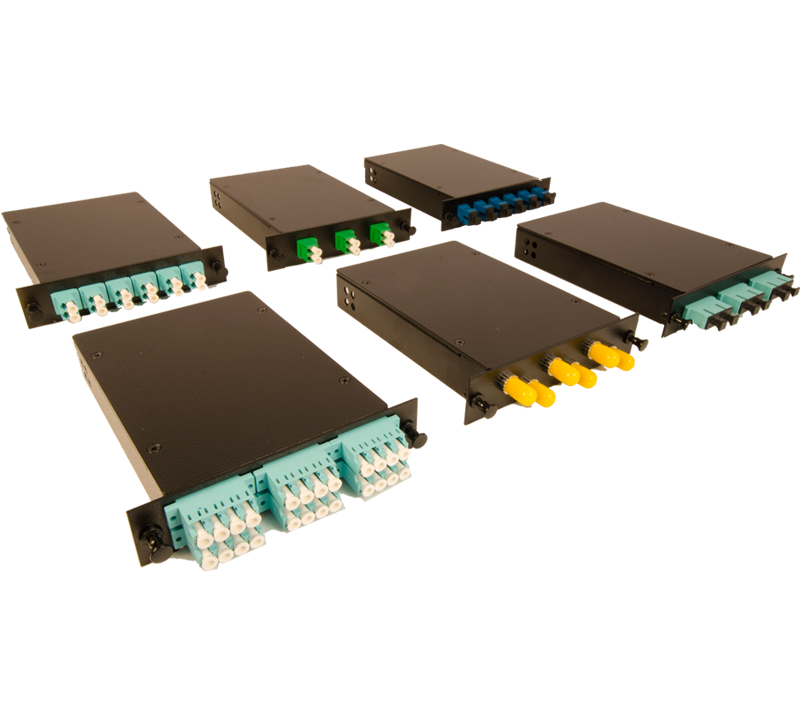Fiber Optics in Telecommunications

Fiber Optics is a relatively new technology that has recently gained attention from the scientific and manufacturing communities. Fiber Optics, simply put, are the properties of light that have their origins in the fiber optic process. When light is transmitted over a long distance, a portion of it will be lost in the intermediate optical path (i.e. 'down-lodging'), and the remaining portion will be reflected back into the source (i.e. See more here details about fiber optics
DescriptionThe primary physical property of fiber optics is its ability to transmit light in a single pulse with high bandwidth. In layman's terms, fiber optics consists of light waves that are transmitted via a fiber optic cable. This cable can be made of plastic, glass, or even metal. The transmitted light is incident light, which is absorbed and reflected by the object being viewed. In the case of fiber optics, the light waves are transmitted on one side of the cable, while they are reflected on the opposite.
Fiber Optics also allows for high speed data transmission over long distances at relatively low attenuation. This is possible because the light signals are not traveling through a medium, such as solids or air, which slows down the data transmission over that medium. This enables information to be transmitted at extremely high speeds over very long distances. Information, in other words, can be retrieved from long distances at a faster rate than it could be transmitted.
The reason fiber optic cables transmit light at such high speeds is because they undergo no resistance when the light travels through them. Light is a kind of electromagnetic radiation, which are subject to the law of radiation, and that just like other forms of radiation, travels in a predictable fashion after being incident. As such, the light travels on a direct path between the source and the medium along which it is traveling, known as the fiber optic cable. Read more now about fiber optics on this page.
When fiber optic cable constructions are designed, the source and the medium through which the information is being passed are both designed to minimize the amount of attenuation that takes place. In other words, they are designed to create an "unattenuated" signal. To make an "unattenuated" signal, it is necessary to use elements, which alter the polarity of the waves. In the case of the fiber optic cable, the method of accomplishing this is through the use of glass fibers. These fibers have small glass beads that change their polarity depending on the direction in which the light waves are traveling.
The method of making this type of construction is by using a combination of fiberglass and plastic in which each component is coated with a thin layer of glass. This glass coating creates an air bubble between the two by creating a sort of physical barrier, which slows the light beam. This prevents the light from entering the cladding and makes it difficult for the light to exit. In the case of fiber optic cables, the cladding is made out of plastic and the fiber glass is placed inside the cladding. The plastic then has a back coating, which gives it a smooth surface. This allows the light to pass through smoothly and makes it possible for the light to be transmitted and received without any loss of energy. Find out more details in relation to this topic here: https://www.encyclopedia.com/science-and-technology/computers-and-electrical-engineering/computers-and-computing/optical-fiber.
